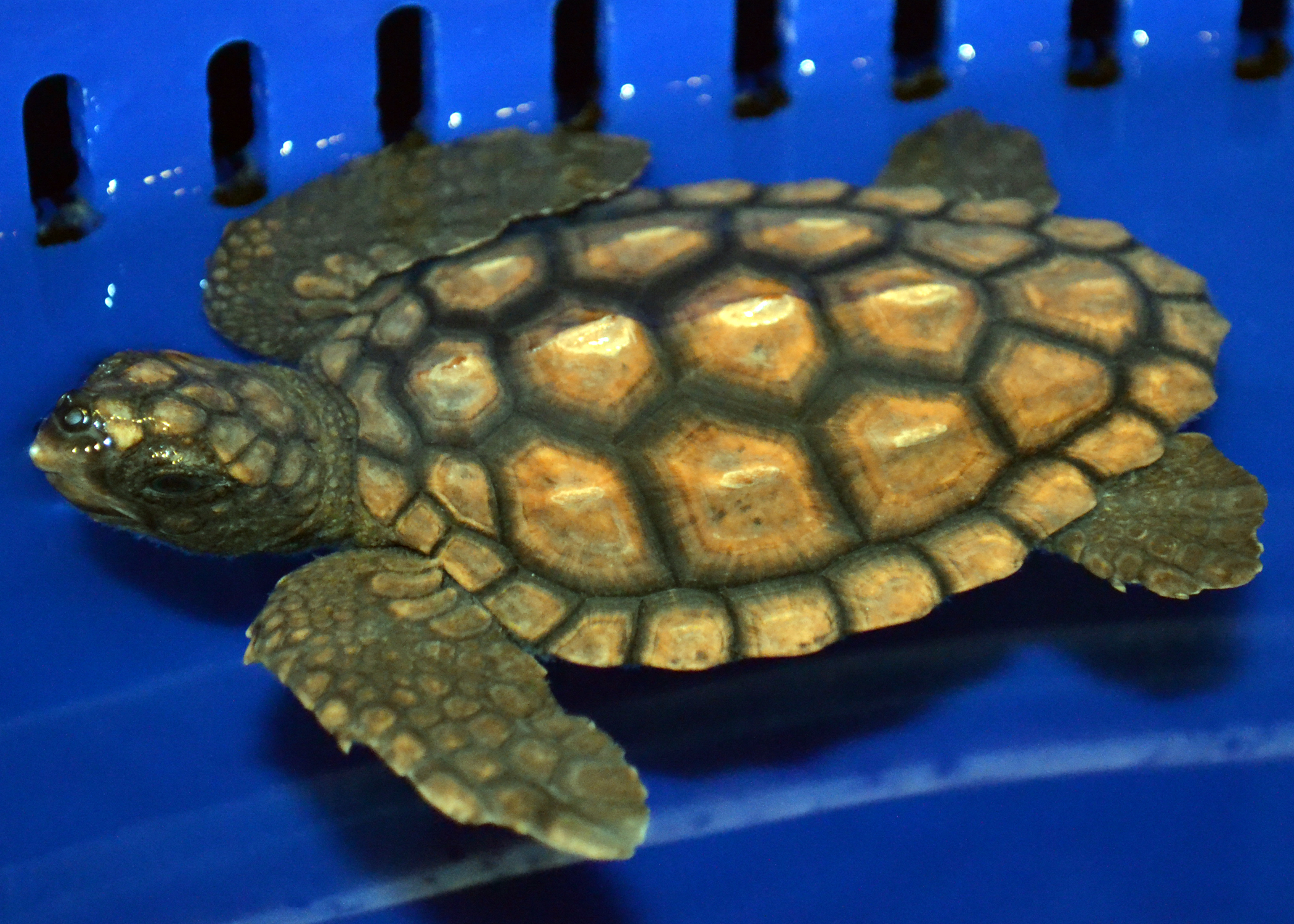
Sea grass a ground is a breeding and feeding ground for several marine animals. Why Are Sea Turtles Vital To The Eco-system? They prefer grassy shorelines with coastal reef areas being their most ideal habitat.ġ5. Habitat: Flatbacks do not travel over a large area like other turtles and are only found in Indonesia, Australia, and New Guinea. The flatback has very limited distribution and can nest and breed only in Australia. The female turtles opt for sandy beaches in tropical and subtropical areas for nesting the eggs. The nesting season starts from October and stretches till February. Their eggs are double the size of other turtles. The female turtle lays up to 50 eggs in a nest. Reproduction: Flatback Sea Turtle matures anywhere between 7 to 50 years of age. Their choice of invertebrates varies by location. Diet: The flatback sea turtle is omnivorous and eats sea cucumbers, mollusks, jellyfish, prawns, bryozoans, soft corals, seagrasses, and seaweed. The female turtles are generally larger than their male counterparts. A fully grown Flatback sea turtle measures up to 3.3 feet in length and weighs around 198 pounds. The scute is olive colored in the middle. The scutes of the hatchlings have a dark-grey reticulate pattern. Its head is relatively small with a long pointed tip. Its plastron is a lighter shade of pale yellow. Its carapace is oval or round with upturned edges and olive to dark green in color. Its flat back enables it to move smoothly in water. Description: Flatback Sea Turtle, scientifically known as Natator depressus, has a shell that appears flat on the top. Facts And Information About Flatback Sea Turtle: Their population majorly settles in around beaches in Mexico, coastal regions of South America and West Africa and parts of Southern California and Northern Chile ( 6).ġ4. They are mostly found in the Pacific Ocean. Habitat: Olive Ridley sea turtles love the open ocean. They lay around 100 eggs in a nest that hatches after around 50 to 60 days later. The females reproduce once or even twice a year. Reproduction: Olive Ridley matures at the age of 15 years. Diet: It is omnivorous with a strong jaw and feeds on jellyfish, snails, lobster, mollusks, tunicates, fish, crabs, and shrimp. Its head is slightly smaller than that of Kemp’s Ridley. Olive Ridley is the smallest marine turtle weighing up to 100 pounds with a length of only 2 feet. Flatback seaturtle description skin#
Its skin and carapace is slightly green in color which is why it is named Olive Ridley.
Description: Lepidochelys olivaceaf is commonly known as the Olive Ridley Sea Turtle. Facts And Information About Olive Ridley Sea Turtle: They mostly prefer shallow areas having sandy and muddy bottoms ( 5).ġ3. Habitat: They are mostly found in the coastal waters and bays of the Gulf of Mexico and the northern Atlantic Ocean. 

They lay their nests along the coast of the state of Tamaulipas, on the Gulf coast of Mexico. Kemp’s ridley sea turtles lay eggs in large groups. They are the only sea turtles that lay eggs during the day. Female turtles lay about 100 eggs in each nest that hatch after 60 days.
Reproduction: Kemp’s Ridley Turtle mate mostly in waters after maturing between the ages of 10 to 20 years. However, they enjoy eating crabs the most which is a reason why they prefer shallow waters. Diet: They are omnivores thriving on clams, jellyfish, mussels, shrimps, shellfish, fish, sea urchins, squid seaweed, and sargassum. Their carapace is wide and round and is generally olive-gray in color. They are the most endangered species of sea turtles. They are one of the smallest sea turtles weighing barely 100 pounds with a length of around 2 feet. Its scientific name is Lepidochelys kempii. Description: Kemp’s Ridley Turtle derives its name from a fisherman named Richard Kemp, who discovered this turtle. Facts And Information About Kemps Ridley Sea Turtle: Coral reef areas are mostly populated with Hawksbill sea turtles ( 4).ġ2. Their place for settlement is areas having plenty of sponges with nesting sites at a close distance. They avoid venturing into deep waters and mainly move around rocky areas. Habitat: Hawksbill Sea Turtles are mostly found in the Atlantic, Indian, and Pacific oceans.






 0 kommentar(er)
0 kommentar(er)
